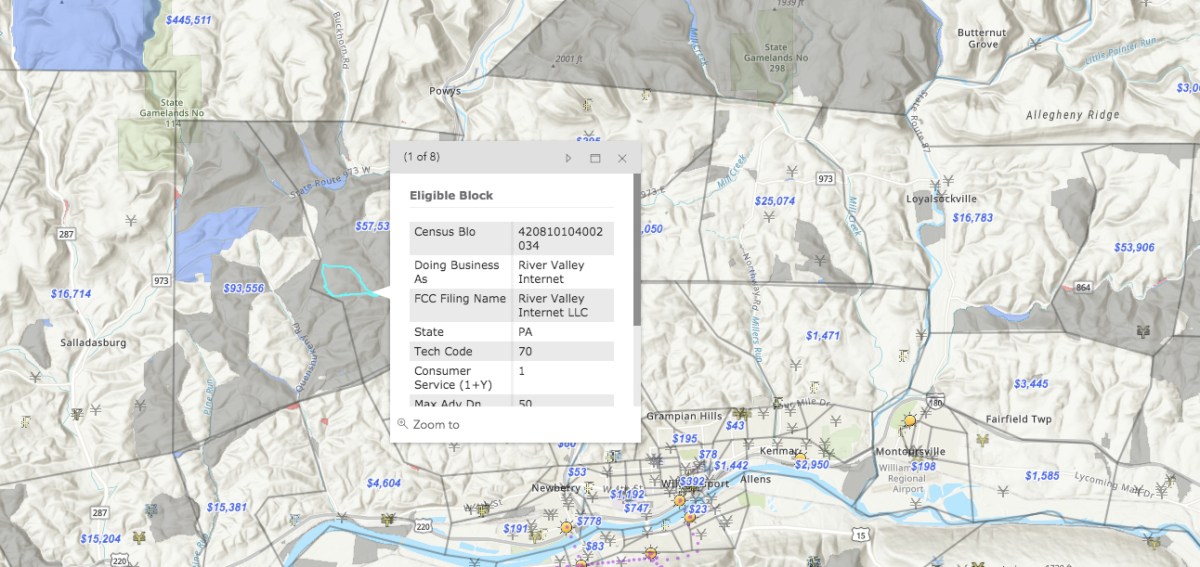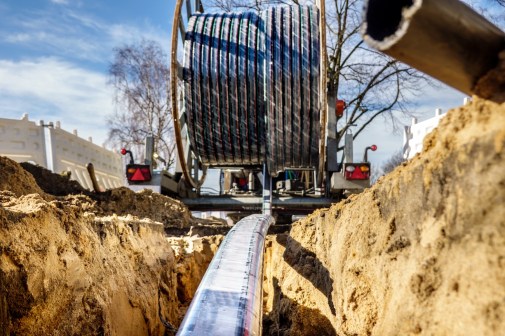Pennsylvania launches broadband map to prepare ISPs for federal auction

A new interactive broadband coverage map published on Tuesday by Pennsylvania State University and the Pennsylvania Public Utility Commission is helping internet service providers determine how much they’ll have to spend to provide service to the least connected parts of the state.
The state’s ISPs will soon be eligible to receive federal money in exchange for expanding their coverage into underserved census blocks thanks to the Federal Communications Commission’s Rural Digital Opportunity Fund, which on Oct. 22 will begin auctioning off $20.4 billion in aid to ISPs that agree to expand service. The map, built by Penn State Extension, the university’s community educational network, divides the state into census blocks to show which regions don’t have access to affordable broadband internet.
“One of the great realizations to many policymakers, to educators and to retailers during the COVID-19 outbreak is the inability of Pennsylvanians in rural areas to access high-speed broadband,” Brent Hales, director of Penn State Extension and associate dean of the College of Agricultural Sciences said in a press release.
In addition to labeling which areas of the state where ISPs will be eligible for the federal funding, the map shows what the level of current service is in each census block, as well as where any existing infrastructure — like transmission lines, substations and towers — is located. Map users can measure the distance between different census blocks or pieces of infrastructure. It also lists legislators in each block group so ISPs can contact state or federal officials before the auction.
Though the FCC data the map is based on has been widely criticized as inaccurate in recent months, the FCC still plans to use it to distribute the first $16 billion of the Rural Digital Opportunity Fund before switching to more a granular data-gathering process for the remaining $4.4 billion.
Regions of the country that have been labeled as completely unserved by the FCC data will receive priority in the auction, FCC officials have said. But Pennsylvania-based researchers have known that the state’s broadband coverage isn’t accurately labeled for some time. Last June, Penn State researchers conducting speed tests found zero counties in the state in which more than 50% of the population had access to broadband, despite FCC maps showing 100% availability across the entire commonwealth.






